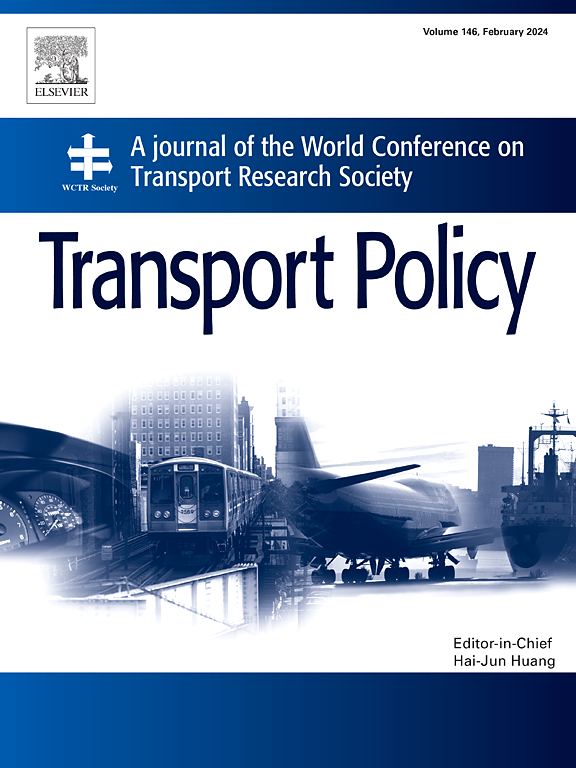Vehicle-to-grid, why not? An interview with battery electric vehicle users with various driving patterns in Utrecht, the Netherlands
IF 6.3
2区 工程技术
Q1 ECONOMICS
引用次数: 0
Abstract
Vehicle-to-grid (V2G) is an innovative smart grid technology that enables surplus energy to be stored in the batteries of electric vehicles (EVs) during periods of low electricity demand and supplied back to the grid during peak demand. This process optimizes electricity usage, reduces transmission losses, and enhances grid efficiency. Despite its significant technical potential, the social dimensions of V2G adoption remain underexplored, particularly in understanding EV users' concerns and perceptions about this emerging technology. By conducting interviews with 33 battery EV users in Utrecht, Netherlands, this research investigates individual concerns and opinions regarding V2G applications, focusing on potential battery degradation and its implications for daily EV use. The findings reveal a spectrum of concerns among users. Private EV owners who prioritize battery longevity frequently express apprehension about the potential for accelerated degradation associated with V2G usage. In contrast, users who have greater confidence in the technology are generally less concerned. Many participants highlighted the need for robust, evidence-based information on the impact of V2G on battery health before deciding to engage in such programs. EV daily usage and mobility patterns also play a role in this process, where those with high daily mileage or irregular driving patterns, are concerned about the potential impact on vehicle availability and performance. These insights underline the need to address user-specific concerns and tailor V2G programs to accommodate diverse EV usage patterns.
汽车到电网,为什么不呢?对荷兰乌得勒支不同驾驶模式的纯电动汽车用户的采访
车辆到电网(V2G)是一种创新的智能电网技术,它可以在电力需求低的时候将多余的能量储存在电动汽车(ev)的电池中,并在电力需求高峰时向电网供应。这一过程优化了电力使用,减少了传输损耗,提高了电网效率。尽管具有巨大的技术潜力,但V2G应用的社会层面仍未得到充分探索,特别是在了解电动汽车用户对这一新兴技术的关注和看法方面。通过对荷兰乌得勒支33名纯电动汽车用户的访谈,本研究调查了个人对V2G应用的担忧和看法,重点关注潜在的电池退化及其对日常电动汽车使用的影响。调查结果揭示了用户的一系列担忧。优先考虑电池寿命的私人电动汽车车主经常表达对V2G使用可能加速电池退化的担忧。相比之下,对技术更有信心的用户通常不太担心。许多与会者强调,在决定参与此类项目之前,需要获得关于V2G对电池健康影响的可靠的、基于证据的信息。电动汽车的日常使用和出行模式也在这一过程中发挥了作用,那些每天行驶里程高或不规律驾驶模式的人担心对车辆可用性和性能的潜在影响。这些见解强调了解决用户特定问题和定制V2G计划以适应不同电动汽车使用模式的必要性。
本文章由计算机程序翻译,如有差异,请以英文原文为准。
求助全文
约1分钟内获得全文
求助全文
来源期刊

Transport Policy
Multiple-
CiteScore
12.10
自引率
10.30%
发文量
282
期刊介绍:
Transport Policy is an international journal aimed at bridging the gap between theory and practice in transport. Its subject areas reflect the concerns of policymakers in government, industry, voluntary organisations and the public at large, providing independent, original and rigorous analysis to understand how policy decisions have been taken, monitor their effects, and suggest how they may be improved. The journal treats the transport sector comprehensively, and in the context of other sectors including energy, housing, industry and planning. All modes are covered: land, sea and air; road and rail; public and private; motorised and non-motorised; passenger and freight.
 求助内容:
求助内容: 应助结果提醒方式:
应助结果提醒方式:


